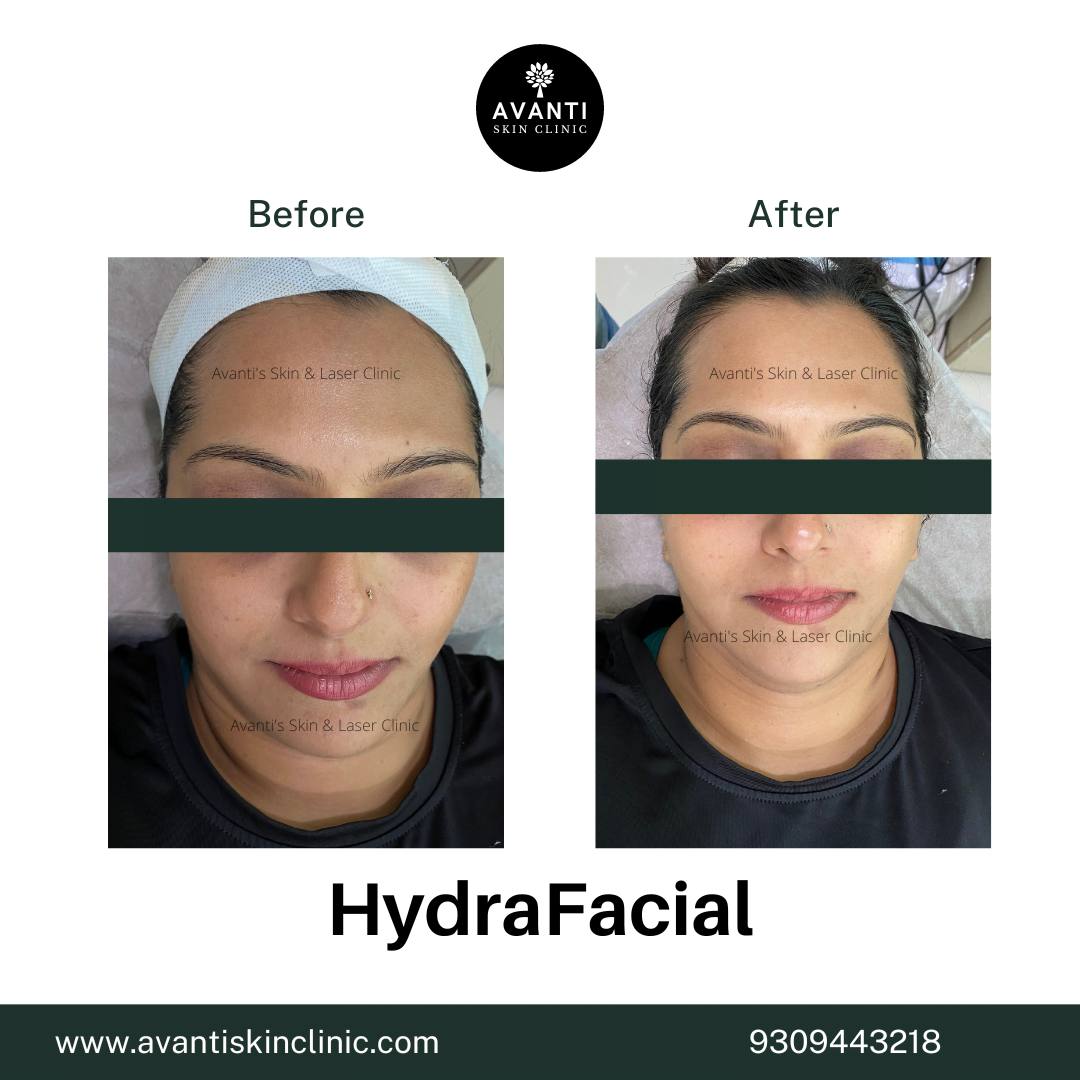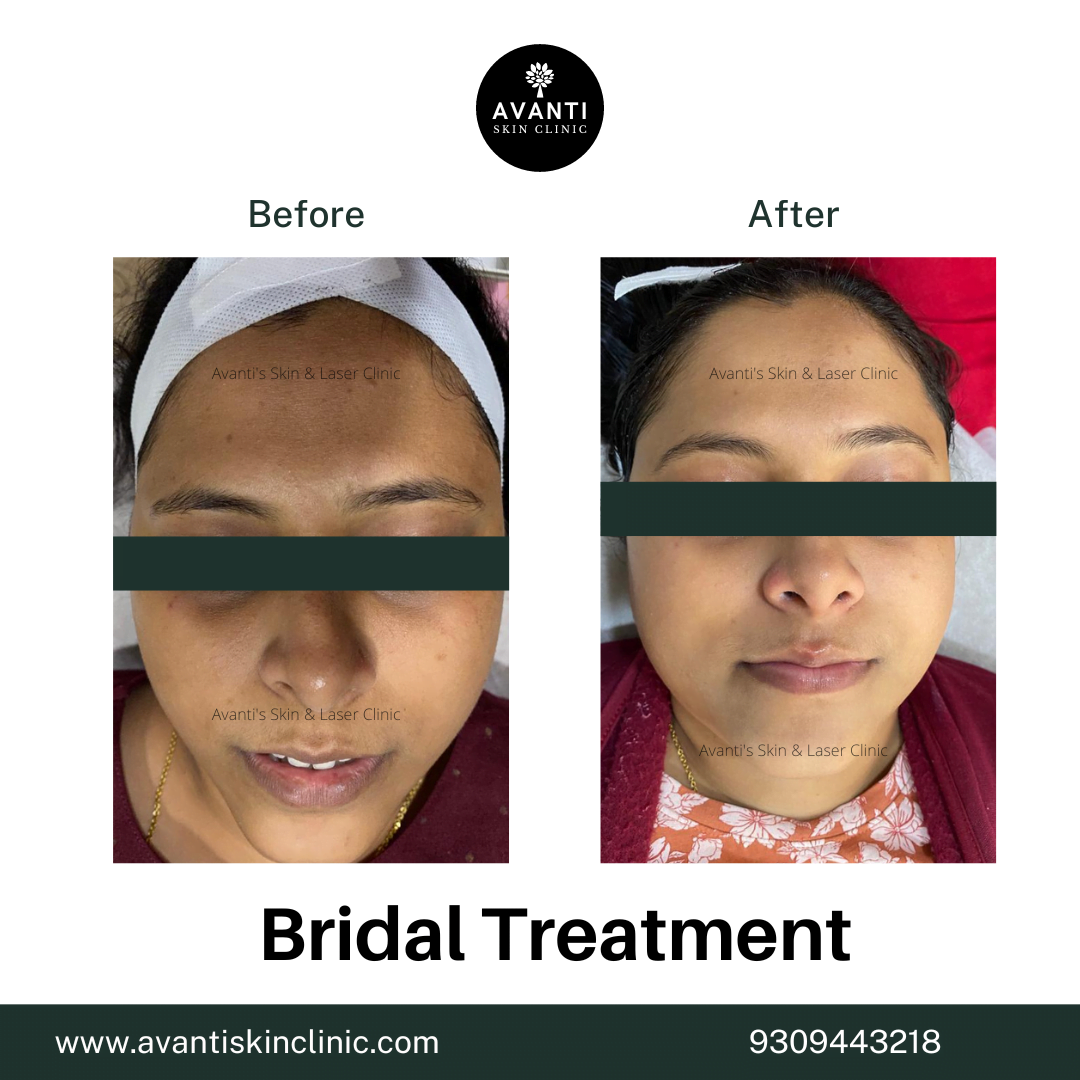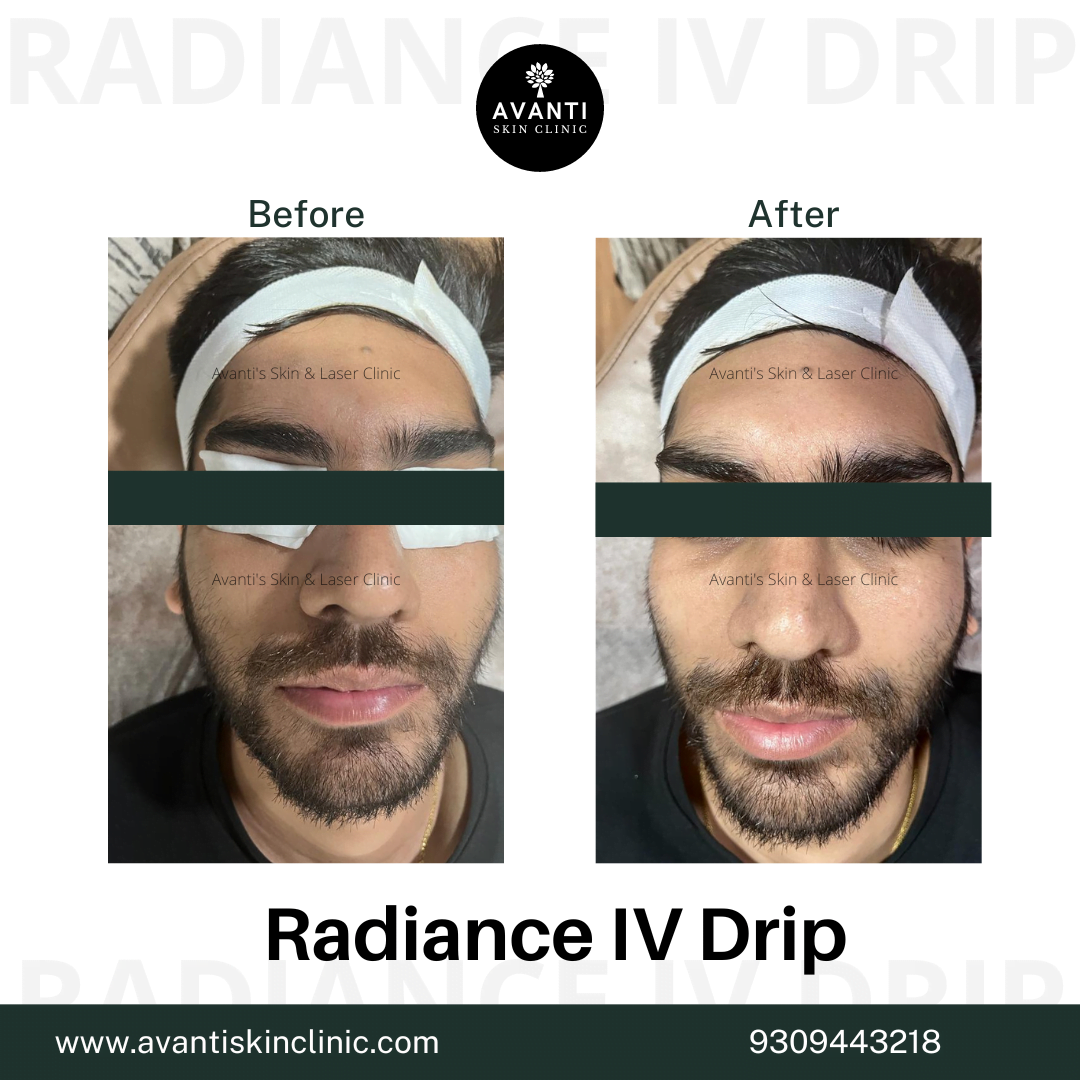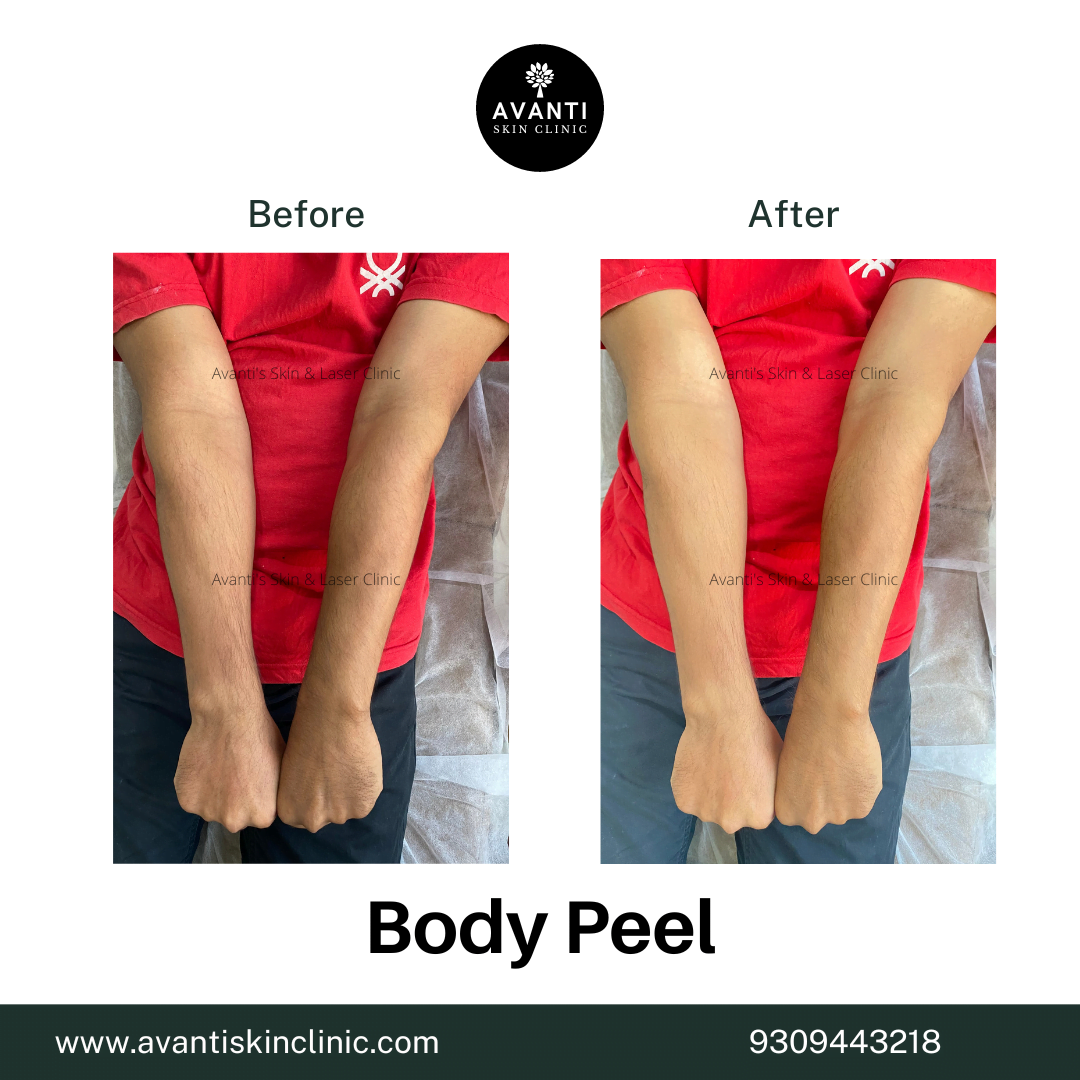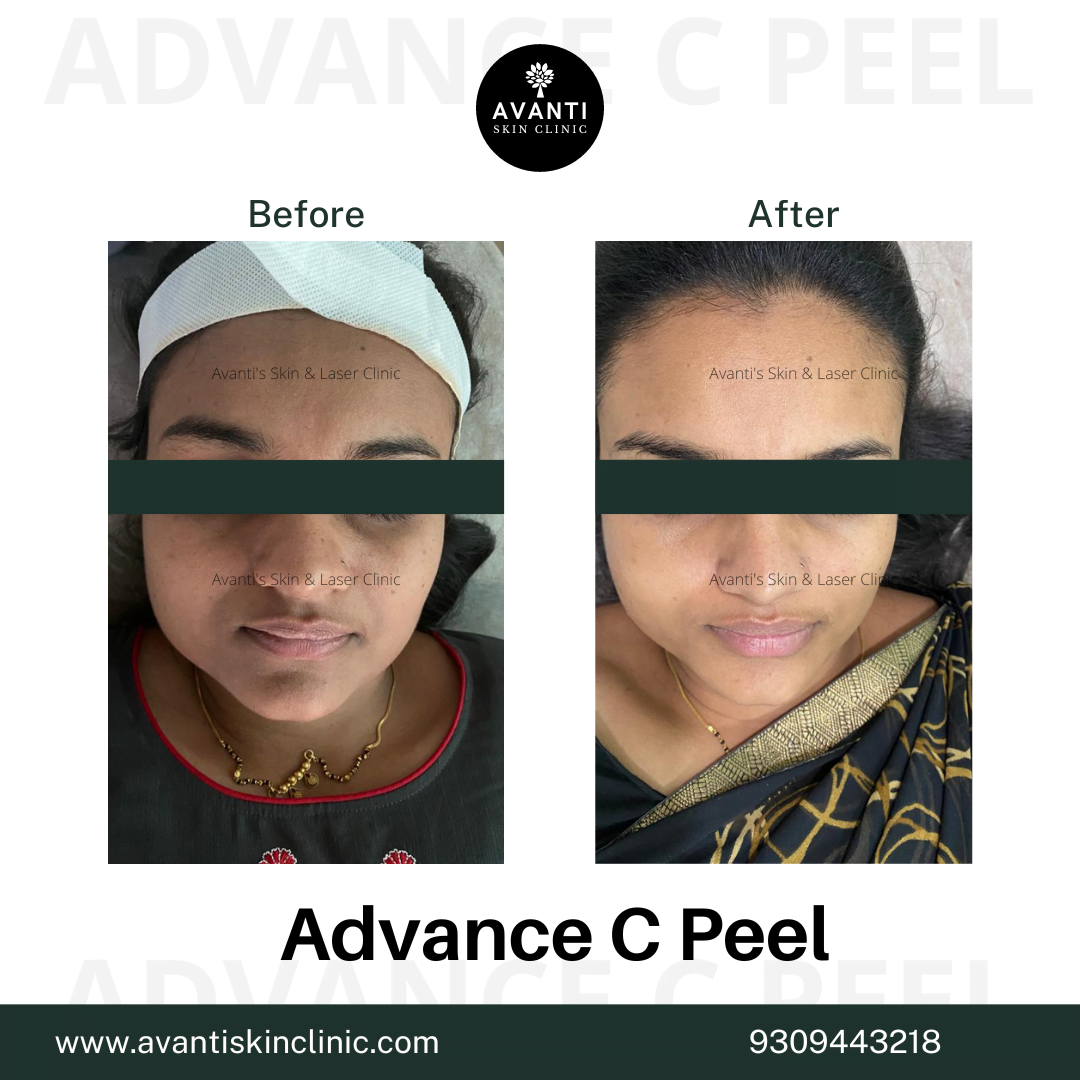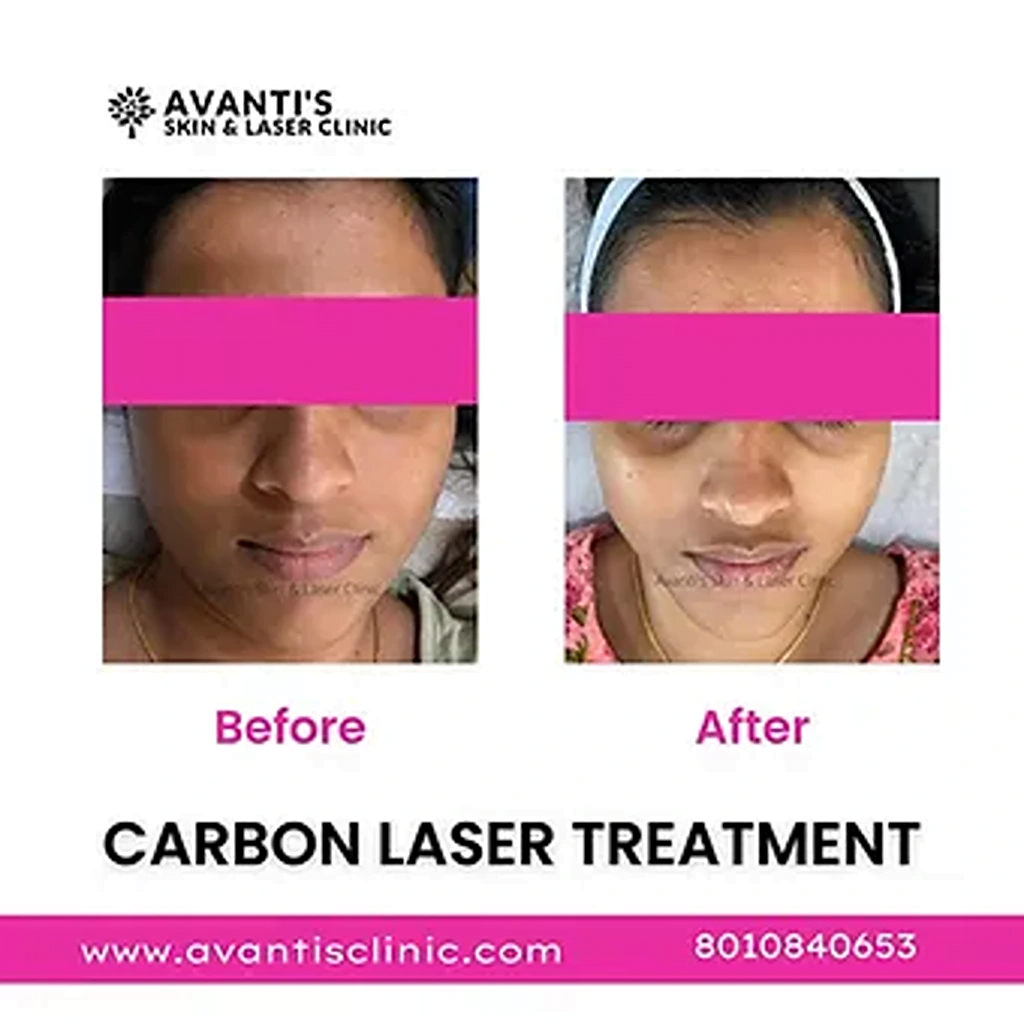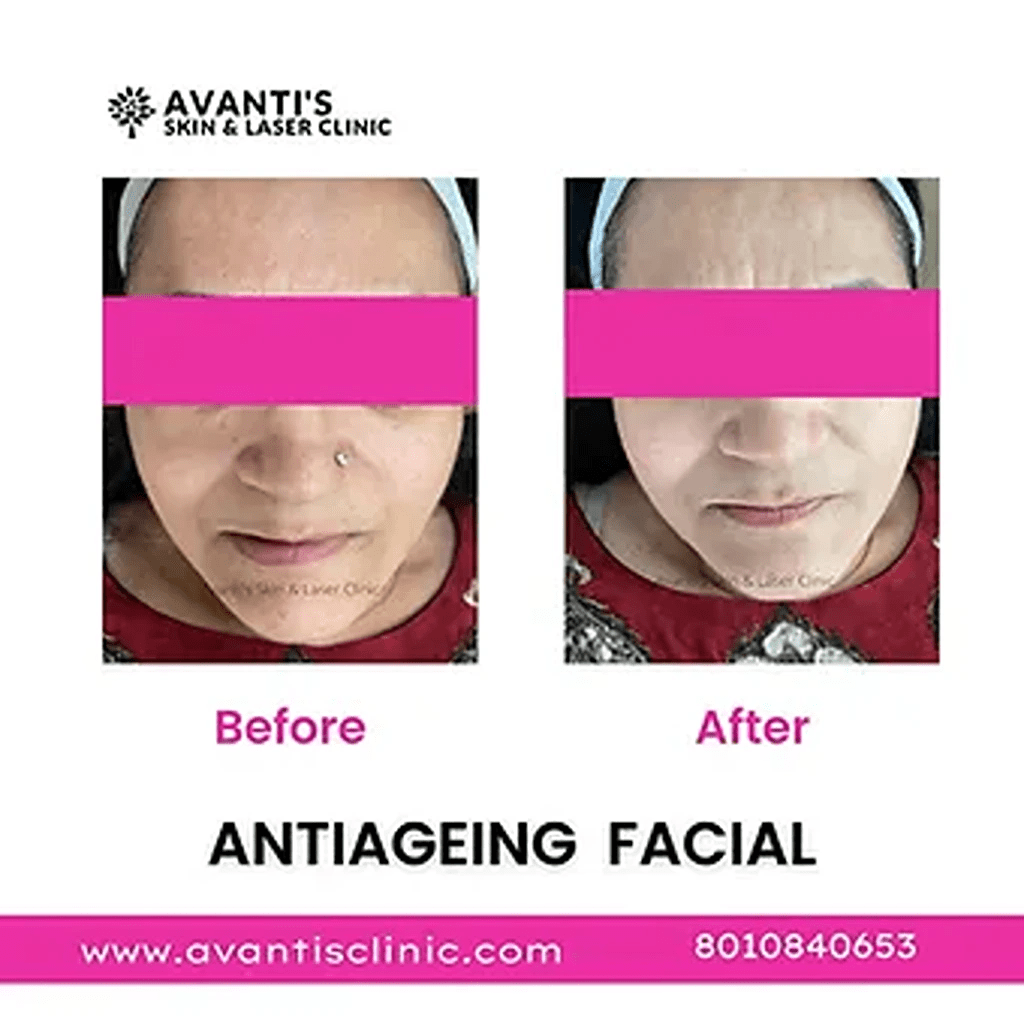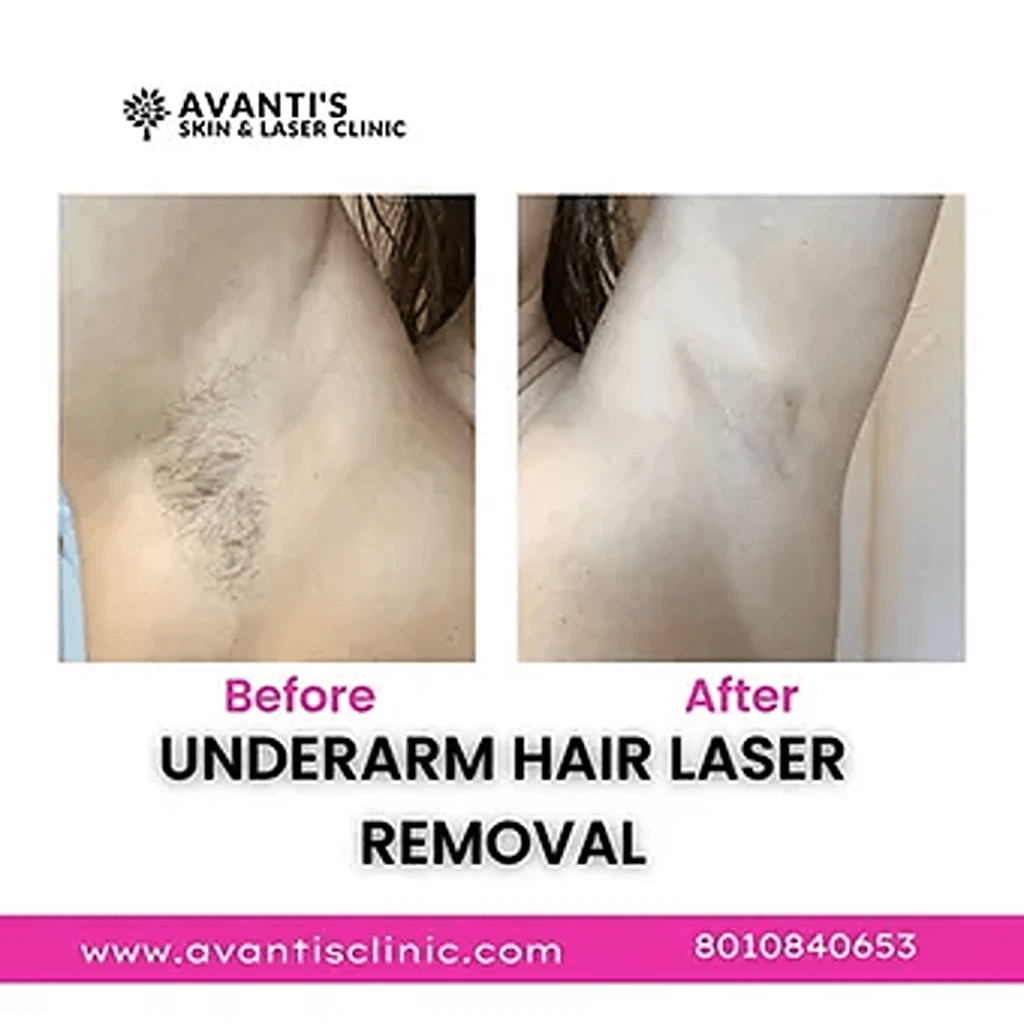Glycolic Acid for Melasma: Can Peels Really Fade Pigmentation?
Melasma can feel like a never-ending battle — those dark, uneven patches on your cheeks, forehead, and upper lip often refuse to fade no matter how many creams or home remedies you try. For many people, dermatologists recommend glycolic acid for melasma as part of a targeted treatment plan. But can this acid really fade pigmentation and even out your complexion?
Let’s take a closer look at how glycolic acid works, why it’s often used for melasma, and what you should expect if you decide to try a professional peel.
Understanding Melasma and Why It’s Hard to Treat
Melasma is a type of hyperpigmentation caused by an overproduction of melanin, the pigment that gives colour to your skin. It’s influenced by multiple factors — sun exposure, hormonal fluctuations, genetics, and even heat or stress.
Unlike surface tanning, melasma develops deeper in the skin, which makes it more difficult to treat. Topical creams can lighten surface pigment, but they often struggle to reach the deeper layers where melasma originates. This is where chemical exfoliants like glycolic acid come in.
What Is Glycolic Acid?
Glycolic acid is an alpha-hydroxy acid (AHA) derived from sugarcane. It’s one of the most commonly used ingredients in professional peels due to its small molecular size, which allows it to penetrate deeply into the skin.
When used properly, it helps:
- Exfoliate dead skin cells and promote regeneration
- Break down melanin clusters responsible for dark patches
- Stimulate collagen production for a smoother texture
- Enhance absorption of topical treatments applied afterwards
Because of these properties, glycolic acid and melasma treatment go hand in hand in many dermatology clinics.
How Glycolic Acid Helps Treat Melasma
A glycolic acid peel for melasma works by gently removing the outermost layer of skin, which contains excess pigment. Over multiple sessions, this process helps to fade dark patches, smooth uneven tone, and reveal brighter, fresher skin underneath.
Here’s how it benefits melasma-prone skin:
- Reduces surface pigmentation: Helps fade existing dark spots.
- Improves cell turnover: Encourages faster renewal of healthy skin cells.
- Boosts collagen: Strengthens the skin’s support structure, reducing dullness and fine lines.
- Enhances treatment absorption: Makes other topical agents, like hydroquinone or vitamin C, more effective.
The key is consistency and professional supervision — glycolic acid needs to be used in controlled concentrations to avoid irritation or rebound pigmentation.
What Happens During a Glycolic Acid Peel
A typical glycolic acid peel in melasma treatment takes about 30–45 minutes and follows these steps:
- Cleansing: Your skin is cleansed to remove oil, dirt, and surface impurities.
- Application: A glycolic acid solution (usually between 20–70%) is evenly applied to the skin.
- Sensation: You may feel mild tingling or warmth for a few minutes.
- Neutralisation: The peel is neutralised with a special solution to stop the acid’s action.
- Hydration and Protection: A soothing cream and sunscreen are applied to calm the skin.
Mild redness may appear for a few hours, and light peeling can occur over the next few days. This is part of the normal renewal process.
How Many Sessions Are Needed
One peel won’t make melasma disappear overnight. Most dermatologists recommend 4–6 sessions, spaced 3–4 weeks apart, depending on the severity of pigmentation.
Visible results typically begin after the second or third session — the skin looks clearer, smoother, and more even in tone. With continued treatments and proper maintenance, pigmentation can lighten significantly.
Benefits of Glycolic Acid for Melasma
- Visible lightening of dark patches with repeated use
- Brighter, smoother complexion after a few sessions
- Improved texture and hydration
- Minimal downtime compared to deeper peels
- Safe for Indian skin tones when performed by experienced dermatologists
It’s one of the most accessible and effective exfoliating treatments for mild to moderate melasma.
Aftercare and Maintenance
Post-peel care is crucial to prevent irritation and pigmentation rebound. Following your dermatologist’s aftercare plan ensures long-lasting results.
- Avoid direct sun exposure for at least a week after each session.
- Apply broad-spectrum sunscreen (SPF 50+) daily, even indoors.
- Use gentle cleansers and avoid harsh scrubs or retinol for a few days.
- Keep the skin hydrated with a soothing moisturiser.
- Don’t pick or peel flaking skin — let it shed naturally.
For maintenance, your doctor might recommend antioxidant-rich skincare or mild at-home exfoliants between sessions.
Potential Side Effects
When performed by professionals, glycolic acid peels are safe. However, overuse or incorrect concentration can lead to temporary issues such as:
- Redness and mild irritation
- Dryness or peeling
- Increased sun sensitivity
- Post-inflammatory hyperpigmentation (if sun protection is ignored)
Always consult a qualified dermatologist before starting chemical peel treatments. Attempting strong peels at home can do more harm than good.
Combining Glycolic Acid with Other Treatments
Dermatologists often combine glycolic acid and melasma treatments with other depigmenting or rejuvenating therapies for better results.
Popular combinations include:
- Glycolic peel + laser toning: For deeper melasma and overall brightness.
- Glycolic peel + vitamin C serum: Enhances glow and prevents oxidation of melanin.
- Glycolic peel + tranexamic acid: Reduces melanin production and recurrence risk.
These combinations are customised to your skin type and pigmentation depth to achieve safe and steady improvement.
How Glycolic Acid Compares to Other Peels
While there are several chemical peels available, glycolic acid remains a top choice for melasma because it’s effective yet gentle enough for medium skin tones.
- Versus lactic acid: Glycolic acid penetrates deeper and provides faster results.
- Versus TCA: Less aggressive, with minimal downtime.
- Versus salicylic acid: Better suited for pigmentation rather than acne.
It’s particularly beneficial for those looking for visible brightening without the recovery period associated with stronger peels.
Professional Insight from Avanti Skin Care
At Avanti Skin Care, dermatologists carefully evaluate the type and depth of your melasma before recommending the right peel strength. Each glycolic acid peel for melasma is tailored to your skin’s needs to ensure safety and visible improvement.
Our approach often includes combining chemical peels with laser treatments, topical creams, and strict sun protection plans. This multi-step method helps fade pigmentation faster and prevents recurrence — giving you clearer, more radiant skin over time.
Yes, glycolic acid effectively reduces melanin buildup and brightens uneven tone, especially when used in professional peels under dermatologist supervision.
Most people need 4–6 sessions spaced a few weeks apart for noticeable improvement.
Yes, when used at appropriate strengths and intervals. Always consult a certified dermatologist to avoid irritation or pigmentation rebound.
It’s safer to get them done professionally. At-home peels often lack the precision and control needed to treat melasma safely.
Mild redness, flaking, or tightness may occur for a few days. Your skin will gradually appear smoother and brighter.
Melasma can return if you skip sunscreen or get excessive sun exposure. Maintenance treatments and daily SPF are essential.
Yes. It pairs well with lasers, vitamin C, or tranexamic acid for enhanced pigment correction.
Lower concentrations (20–35%) are suitable for mild cases, while higher strengths (50–70%) are used for deeper pigmentation — always under professional care.


